This humble grass root is the reason your scent lasts all day.
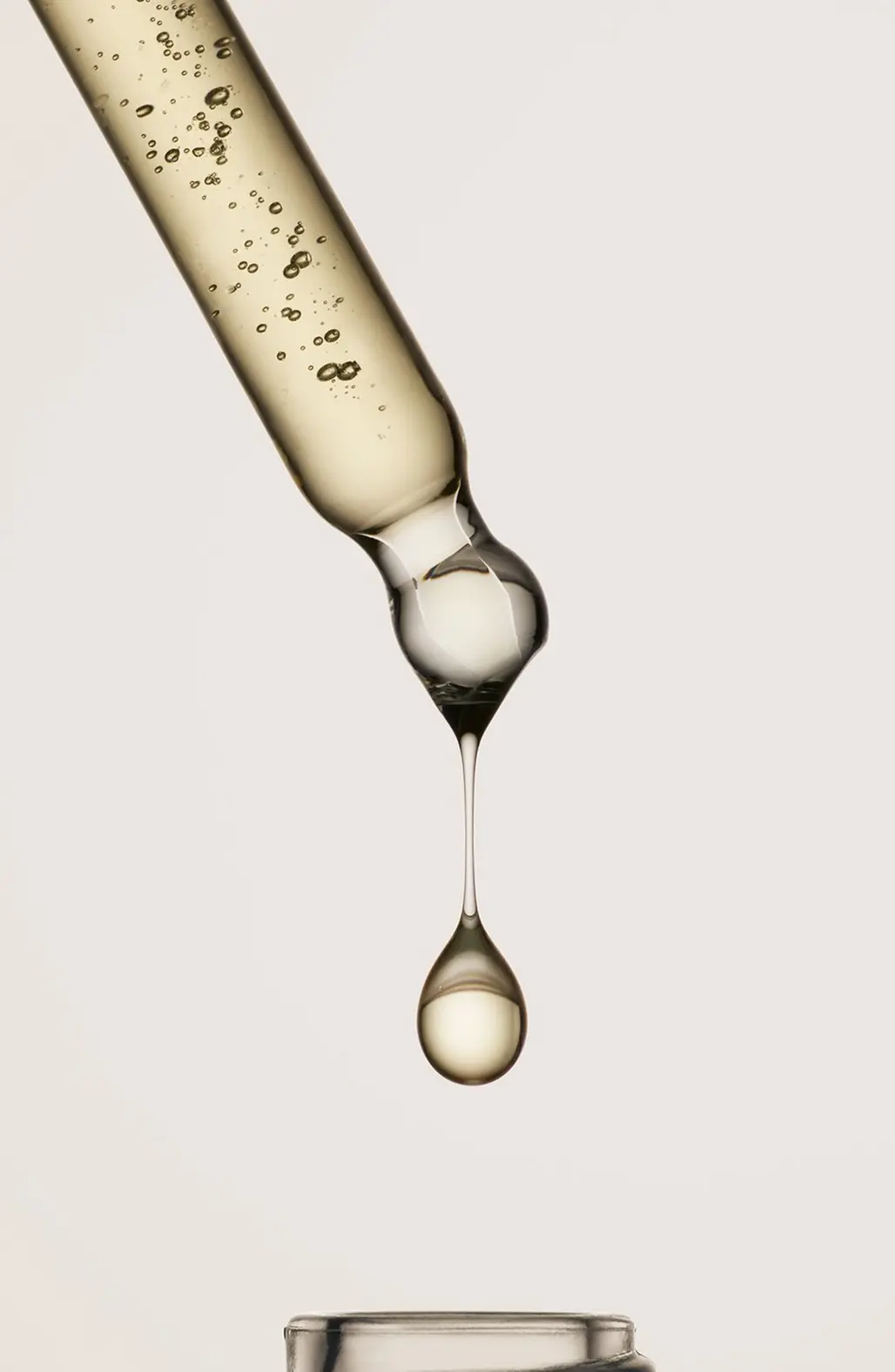
This humble grass root is the reason your scent lasts all day.
October 7, 2025
This humble grass root is the reason your scent lasts all day.
Chanel's iconic Sycomore, Hermès' Terre d'Hermès, and even Byredo's Bal d'Afrique share one hidden hero: vetiver. Yet, most wearers couldn't identify its smoky, velvety scent if you asked them. This complex note has spent decades trapped in the "masculine cologne" stereotype, but modern perfumes have set it free. Today's vetiver dances with vanilla in Le Labo Vetiver 46, flirts with figs in Nishane Sultan Vetiver, and wraps around jasmine in Diptyque Vetyverio, proving it is the ultimate unisex shape-shifter that belongs in every fragrance collection.
While traditional steam distillation coaxes out vetiver's brighter, grassier notes through gentle heat, and hydrodistillation (a water-based method) yields a rounder, earthier oil, the cutting-edge CO2 extraction using pressurized carbon dioxide locks in every molecular nuance, from smoky depths to unexpected citrus whispers, making it the gold standard for niche perfumery.
Imagine walking through a sunbaked field after rain - the scent of damp soil, dry grass, and a whisper of lemon. That is vetiver in its purest form. Scientifically known as Chrysopogon zizanioides (from the Greek for "by the riverbank"), this perennial bunchgrass, a member of the Poaceae family, is a distant cousin to lemongrass, palmarosa, and citronella. Thriving in the humid tropical and subtropical climates of countries like India, Haiti, Indonesia, and Brazil, its intricate root system holds the fragrant treasure.

But vetiver is not just a perfume darling - its specific characteristics of vetiver oil can vary significantly depending on its geographical origin. For instance, Haitian vetiver is often celebrated for its sweeter, more floral, and refined nuances, making it highly prized in the industry. In contrast, Java vetiver tends to exhibit a more pronounced smoky and earthy quality with reminiscent of charred sandalwood. Then there is the wild-grown vetiver from Northern India, known as Khus or Khas, which is considered superior to its cultivated counterparts, offering an even richer, deeper aroma. These regional variations provide perfumers with a diverse palette to explore, allowing them to craft scents with distinct personalities.
Vetiver's allure goes beyond its captivating scent; it's steeped in history, boasts a fascinating extraction process and offers surprising benefits far beyond the realm of fragrance.
The Roots of Its Name
The very name "vetiver" offers a glimpse into its essence. It originates from the Tamil word "vetiveru", meaning "root that is dug up". Its scientific name, Chrysopogon zizanioides, also holds a clue to its natural habitat, with "zizanioides" evoking the image of "growing by the riverside," where this resilient grass often thrives. These names beautifully encapsulate its earthy origins and the crucial role of its roots in yielding its precious oil.
The Art of Extraction
The journey from a humble grass root to a precious perfumery ingredient is an intricate one. Workers hand-harvest the roots during dry season, then sun-dry them until brittle. It takes a staggering 100-150 kilograms of these dried vetiver roots to produce just 1kg of essential oil through steam distillation - a process so labor-intensive that aged Haitian vetiver can cost over a hundred dollars per kilogram. The finest oils mature like whisky for 18-24 months, developing from sharp greenness to complex notes of woodsmoke, roasted nuts, and what perfumers poetically call "the scent of first rain on dry earth". A more modern and high-tech approach is CO2 Extraction, which uses carbon dioxide under high pressure and low temperature to extract the oil. This method is often favored for high-end fragrances as it preserves the pristine purity and complex nuances of the vetiver aroma, sometimes even highlighting its subtle grapefruit facets, creating a more intense and vibrant scent.

Beyond the Bottle: Veviter's Hidden Talents
While its primary claim to fame is its scent, vetiver is a true multi-tasker with a host of other applications. In Haiti, farmers plant it in zigzag patterns to prevent landslides, its dense root system acting like living reinforcement bars. This is also the place where over 50% of the world's vetiver oil is produced, local farmers call it l’or vert” which is "green gold" for its economic and cultural value, based on the ETC Group and UNEP reports. According to Global Press Journal, vetiver cultivation in Halti supports more than 30,000 farming families, particularly in the southwest region devastated by natural disasters. As perfumer Rodrigo Flores-Roux of Givaudan, one of the largest fragrance and flavor companies globally, "Vetiver is not just an ingredient; it is Haiti's heritage.
Meanwhile, Indian villages weave the roots into cooling mats that lower room temperatures when sprinkled with water.
In traditional Ayurvedic medicine, practitioners have used vetiver oil for centuries to ease muscle pain and promote sleep, earning it the nickname "oil of tranquility".While scientific evidence is limited, these folk uses continue to influence its holistic reputation in wellness communities.
Vetiver is woody, earthy, and often subtly smoky, with surprising facets of sweetness, floral notes, and even a hint of grapefruit.
Perhaps you have had a whiff of some popular fragrances featuring vetiver, or you have come across niche options that highlight this note. They are distinctively different compositions but all share the telltale qualities of vetiver. It's difficult to describe, but once you have smelled vetiver, you can probably recognize it anywhere. On its own, its earthy intensity can be quite polarizing, but when combined with the note composition of a fragrance, it can add unparalleled depth, longevity, and complexity to any scent.
In the classic fragrance pyramid, vetiver typically resides in the base notes of a fragrance, providing a crucial grounding foundation to the overall scent. As a base note, it extends a fragrance's lifespan without overpowering other notes, often serving as a central theme allowing perfumers to build entire compositions around its multifaceted character. A spritz that opens with bright citrus, for instance, might slowly reveal vetiver's woody depths hours later, like a secret unfolding. This chameleonic quality comes from its molecular complexity: over 100 aromatic compounds that react differently with skin chemistry and temperature. The same perfume might smell like chilled mineral water at noon and transform into smoldering embers by midnight.
Chanel Sycomore is a classic illustration of vetiver harmonizing with sandalwood and juniper when vetiver beautifully complements woody-earthy notes, amplifying its inherent richness. When paired with citrus notes such as bergamot or grapefruit, vetiver's earthiness is lifted, creating a vibrant and invigorating aroma; take Guerlain's classic 1959 Vetiver as an iconic example for a crisp, mid-century vibe. It can also add surprising sophistication to lighter floral and green compositions, grounding airy notes like jasmine or rose and Tom Ford Grey Vetiver perfectly exemplifies this, blending vetiver with orange flower and sage for a refined, modern take. In the opulent world of oriental fragrances, vetiver acts as a magnificent balancer, tempering the intensity of spices like cardamom or black pepper with a smooth, smoky layer; for instance, Hermès Terre d’Hermès famously uses vetiver to provide a mineral-earthy backbone to its citrus and spice blend. Modern interpretations, like Jacques Fath Paris Eau de Parfum Vetiver Gris, use a novel hazelnut and citrus accord to refresh vetiver alongside iris, while Byredo's Bal d'Afrique marries it to marigold for a golden, sunbaked glow.

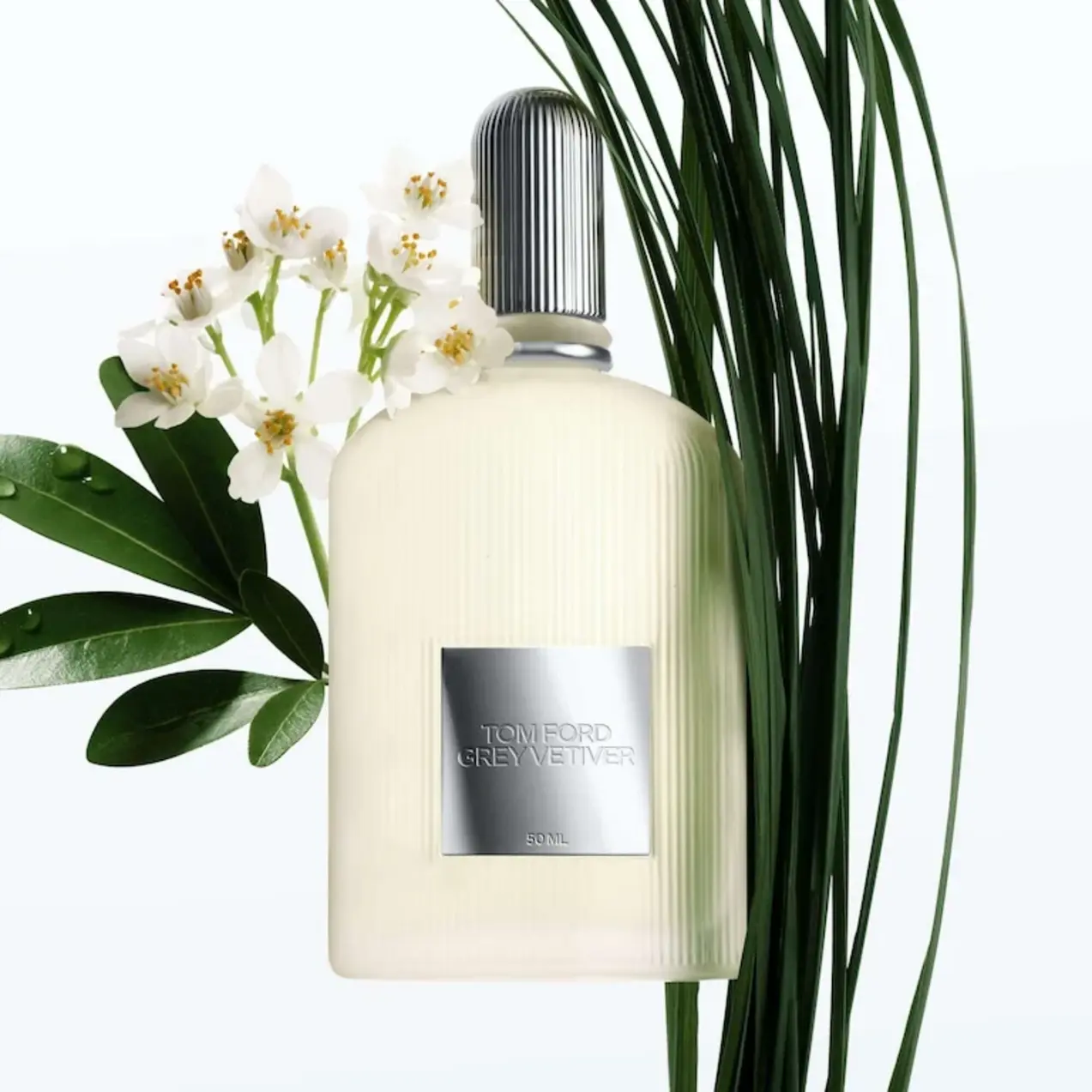

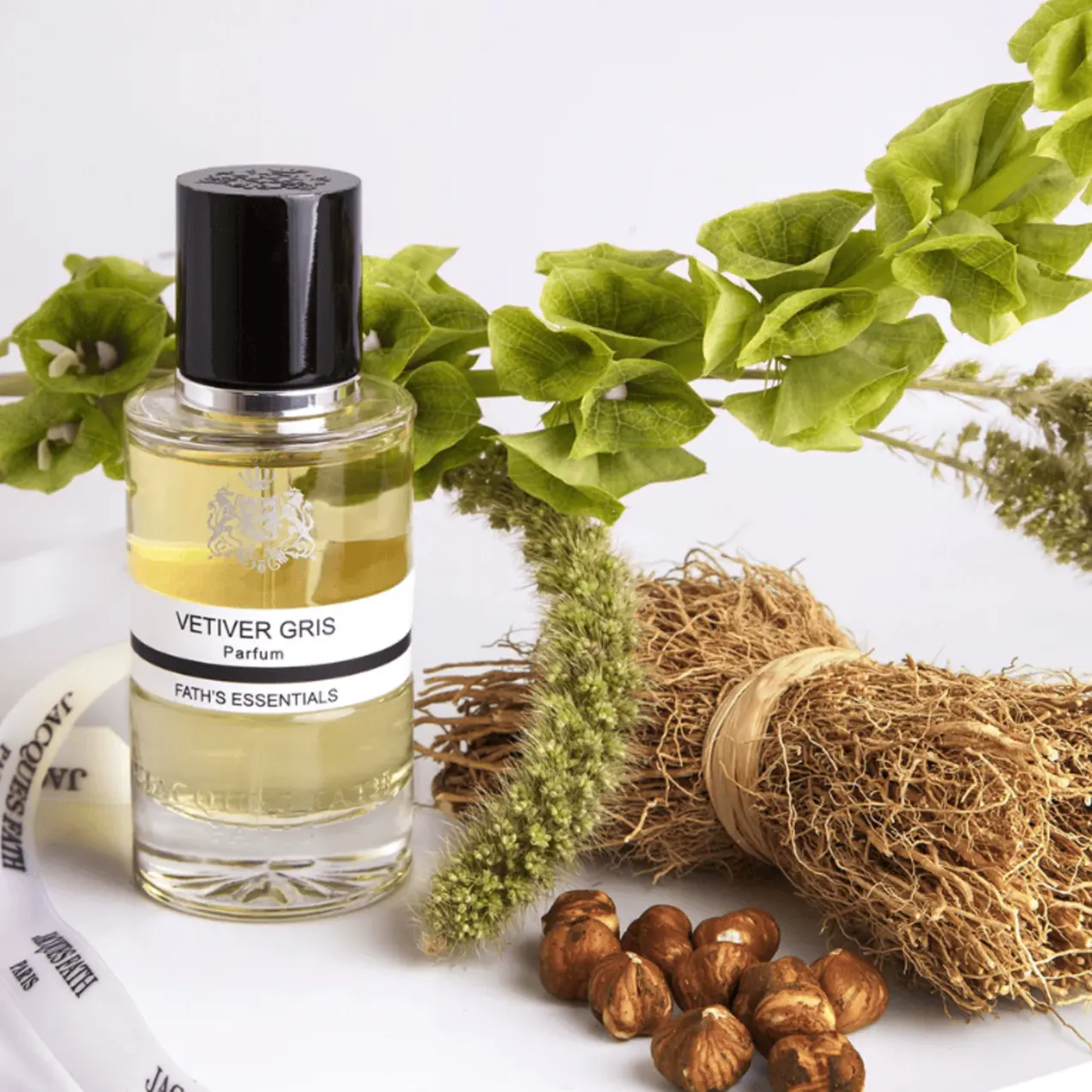
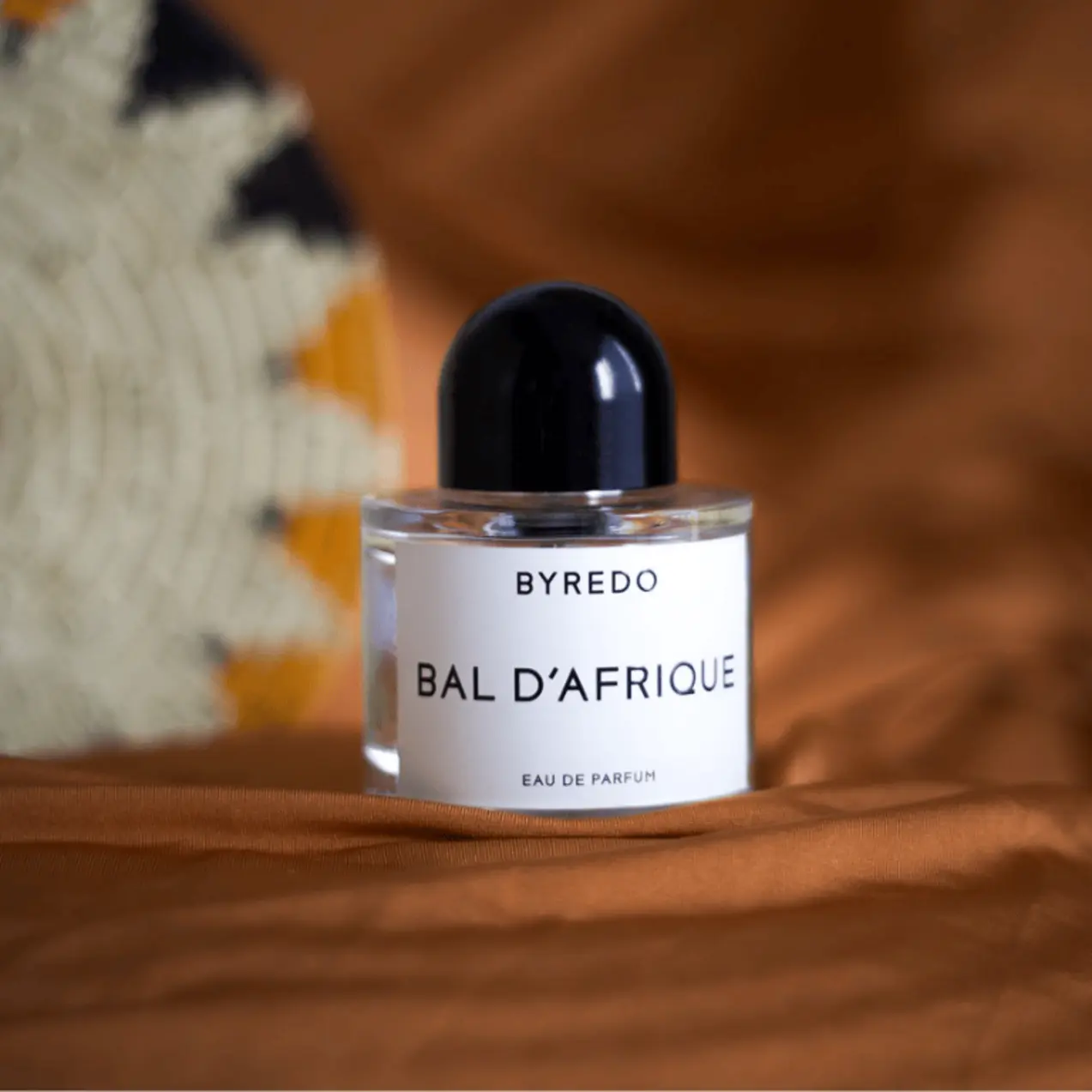
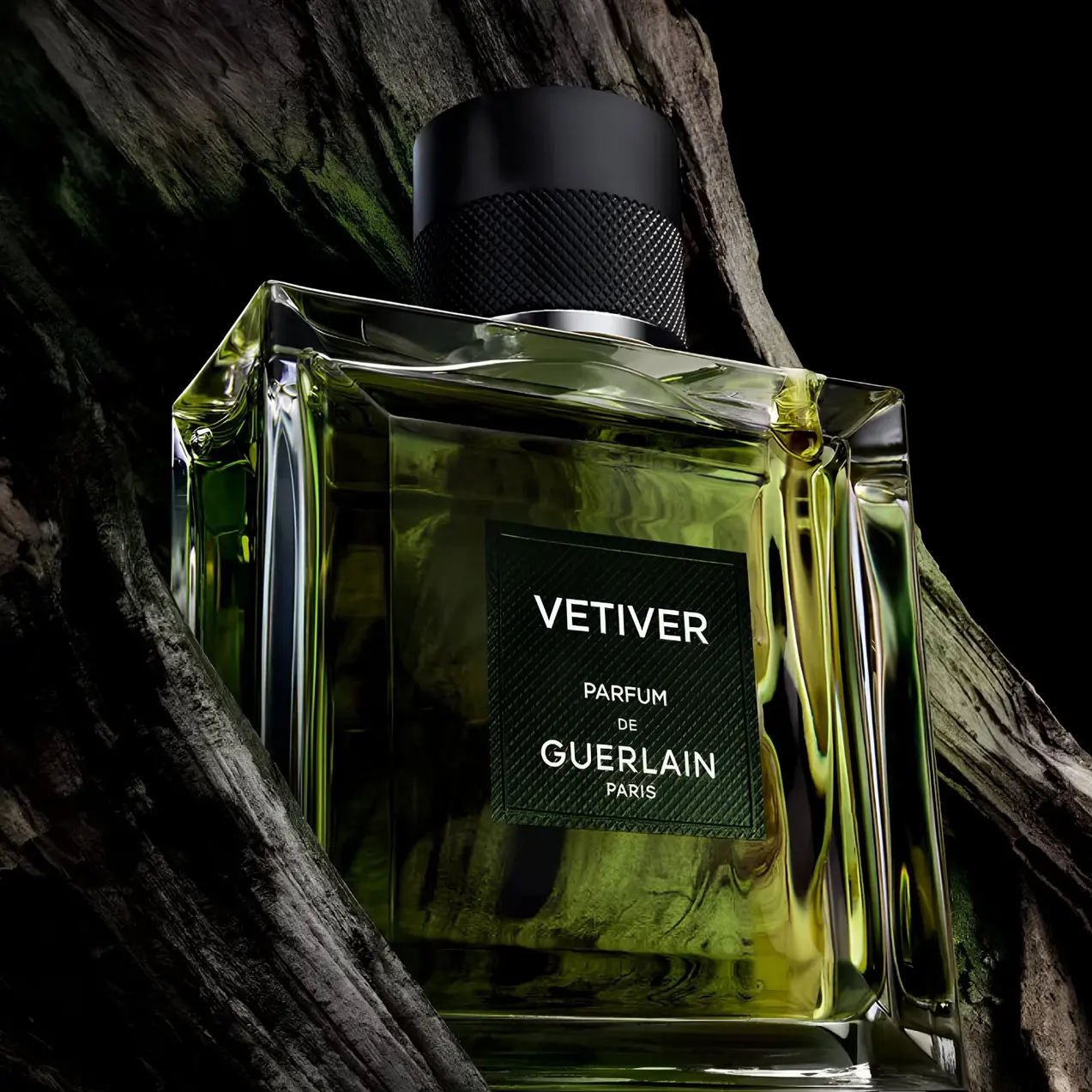
In the Western fragrance world, the turning point came in 1959 with Jean-Paul Guerlain's Vétiver, a citrus-woody classic that set the standard for modern masculine vetiver scents. But unlike oud, vetiver entered perfumery incognito. As fragrance historian Élisabeth de Feydeau notes, "In the 1980s, no one marketed vetiver as a hero note. It was the perfumer's secret weapon for depth and texture." For decades, vetiver served behind the scenes - blended quietly to add depth without ever taking center stage. It wasn't until the early 2000s that niche perfumers like Frédéric Malle (Vetiver Extraordinaire, 2002) and Comme des Garçons (Vettiveru, 2002) began boldly naming vetiver in their fragrances, elevating it from secret ingredient to star player. According to The Ethos, this helped reposition the once-background note into a modern, gender-neutral hero.

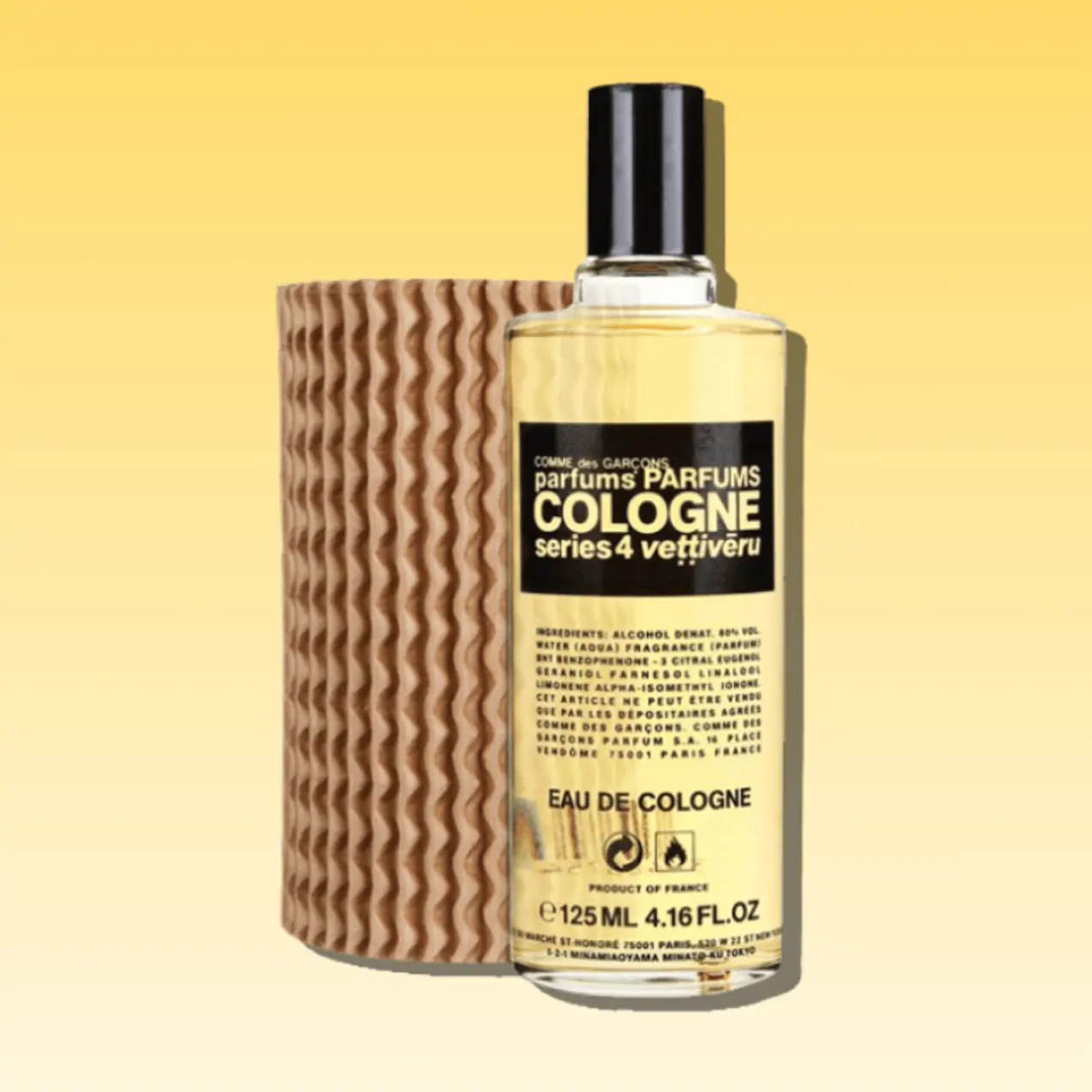
Today, vetiver’s earthy complexity resonates strongly with a wellness‑minded generation. On social platforms like TikTok and Instagram, creators praise its grounding, meditative qualities, likening it to matcha in scent form: natural, nuanced, and visually compelling for digital storytelling.
Still think vetiver is just for traditional men's colognes? One spritz of Byredo's Bal d'Afrique with its sun-kissed vetiver-honey combo will change your mind. This extraordinary note has evolved far beyond its old-school roots, offering something for every preference: the crispness of citrus, the comfort of vanilla, or the intrigue of smoke. So the next time you're exploring new scents, don't hesitate to reach for a bottle that celebrates the incredible "oil of tranquility".